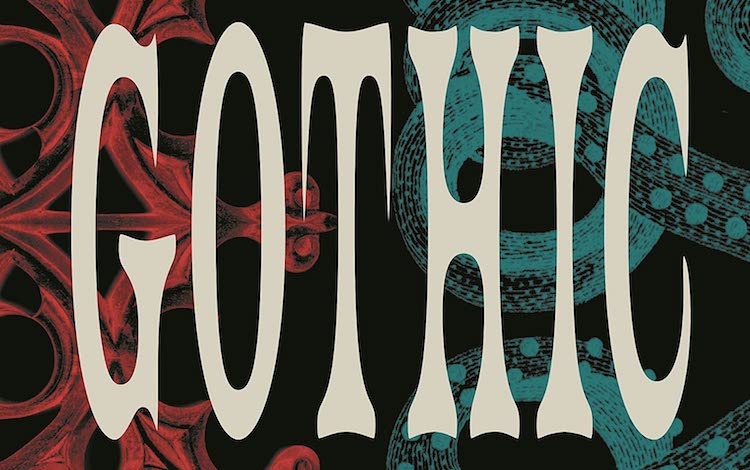
Roger Luckhurst’s Gothic begins with the pointed arch, the archetypal element of the Gothic style, though the book explores the Gothic influence far beyond its architectural and literary origins. As Luckhurst writes in his introduction: “Gothic: An Illustrated History takes up the challenge of building a global history of the Gothic, attempting to glimpse this protean creature as it shape-shifts.”
This is a guide to Gothic geography and cryptozoology, organised thematically rather than chronologically. Gothic motifs and settings are explored, and the book is truly international in scope. Unlike previous histories of the subject, popular culture — especially Gothic cinema — is given serious consideration, and there are around 350 superb historical illustrations.
Famously, Giorgio Vasari described Gothic architecture as “monstrous”, and Luckhurst’s book features a comprehensive bestiary of monsters of all kinds. Like the chapters on monsters, the collection of extended essays on the “Gothic Compass” (southern, western, eastern, and northern Gothic) could stand as a separate book in its own right.
With its shadowy subject matter and the sheer range of material under discussion — from medieval churches to computer games — Luckhurst’s book is similar to Marina Warner’s equally impressive No Go the Bogeyman. Music and fashion are surprising omissions, though: the goth subculture and bands such as the Cure really deserve to be included.
Henri Focillon’s The Art of the West in the Middle Ages (Art d’Occident) was the first comprehensive history of Gothic architecture. More recently, Rolf Toman’s Gothic: Architecture, Sculpture, Painting is a lavishly illustrated history of the subject.
This is a guide to Gothic geography and cryptozoology, organised thematically rather than chronologically. Gothic motifs and settings are explored, and the book is truly international in scope. Unlike previous histories of the subject, popular culture — especially Gothic cinema — is given serious consideration, and there are around 350 superb historical illustrations.
Famously, Giorgio Vasari described Gothic architecture as “monstrous”, and Luckhurst’s book features a comprehensive bestiary of monsters of all kinds. Like the chapters on monsters, the collection of extended essays on the “Gothic Compass” (southern, western, eastern, and northern Gothic) could stand as a separate book in its own right.
With its shadowy subject matter and the sheer range of material under discussion — from medieval churches to computer games — Luckhurst’s book is similar to Marina Warner’s equally impressive No Go the Bogeyman. Music and fashion are surprising omissions, though: the goth subculture and bands such as the Cure really deserve to be included.
Henri Focillon’s The Art of the West in the Middle Ages (Art d’Occident) was the first comprehensive history of Gothic architecture. More recently, Rolf Toman’s Gothic: Architecture, Sculpture, Painting is a lavishly illustrated history of the subject.


